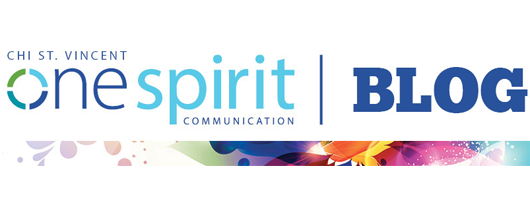Three Tips to BOOST Your Financial Well-being
One of the pieces of financial wellness is establishing a realistic plan to pay down debt and save for the future. Here are three tips that allow us to do just that:
1. PRIORITIZE.
Experts at Fidelity recommend paying down credit card balances first. The reason? Credit cards often carry high interest rates and can take a greater toll on our credit scores. Select the card with the highest interest rate and commit to paying it off first by making more than the minimum monthly payment, or consider consolidating all of your credit card debts into one lower interest rate loan. If you only have one credit card balance, contact your lender to see if you can negotiate a lower interest rate. Pay double the minimum payment every month, if possible.

2. TAKE CHARGE OF YOUR STUDENT LOANS.
As with credit cards, the best strategy is to prioritize high-interest student loans. This typically means paying down private loans first and then focusing on lower-interest government loans. If you’re having trouble making monthly payments or are worried about how your student loans will affect you during your retirement, don’t be afraid to seek help. Fidelity’s Student Debt Tool, for example, can help you better understand the terms on your loans and find repayment options that may help you
lower your monthly payments or repay your debt faster.
3. BUILD A RAINY DAY FUND.
Saving is just as important as paying down debts. Setting aside money for emergencies reduces the likelihood that we’ll need to turn to high-interest credit cards to cover unexpected expenditures. See “The Rule of Three” in the green box on the right for guidance on structuring a monthly budget. By managing or reducing your debt, you will have more money to set aside for your retirement savings and improve your overall financial wellness.
The Rule of Three
Fidelity’s 50/15/5 spending rule helps you allocate your monthly income so you have enough to cover essentials and short- and long-term savings. Take a look at how the numbers break down:
- 50 PERCENT of your income goes towards essentials, such as food, your mortgage or rent, your car payment, and utilities
- 15 PERCENT is set aside for retirement; this figure includes your contributions plus the company contributions
- 5 PERCENT goes into a short-term savings fund to pay for unexpected expenses, such as car and home repairs*
You can use the remaining 30 percent to pay down debts and for discretionary spending.
* Note: In addition to your shortterm savings fund, you should have an emergency fund with enough savings to cover three to six months of income. Build up this fund before you start your short-term savings fund.
Your health is about more than routine trips to your doctor – it’s about the small everyday choices you make. Those small choices can add up and make a big difference on your overall health. For helpful wellness tips and info on how to easily redeem your wellness rewards, visit onespiritblog.com/wellness.





